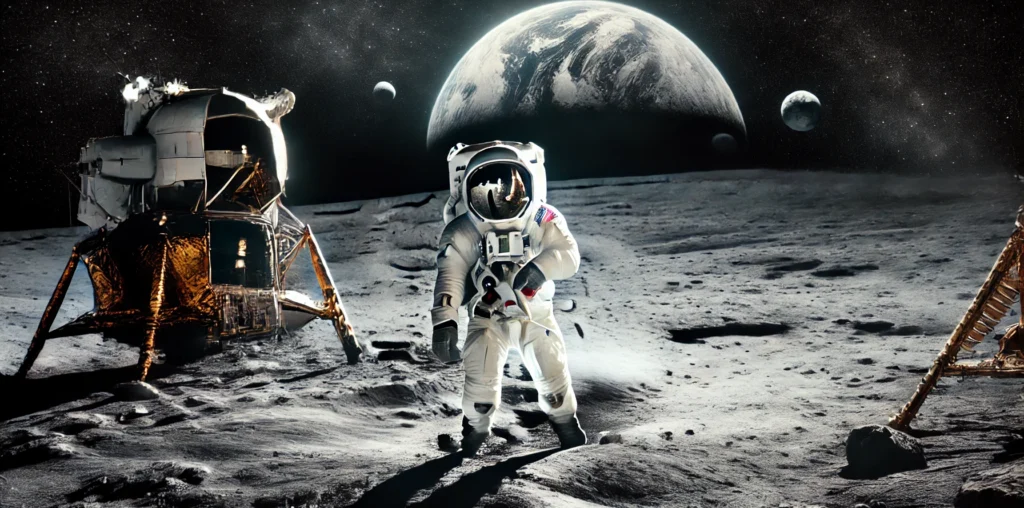The Historic Moment of July 20, 1969
The Apollo 11 moon landing on July 20, 1969, marked one of the most significant achievements in human history. It was a day when the world collectively held its breath as astronauts Neil Armstrong and Buzz Aldrin descended onto the lunar surface. This epic event didn’t just symbolize technological prowess but also the boundless spirit of exploration.
Behind the Scenes: The Journey to the Moon
The journey to the moon wasn’t a spontaneous leap but the culmination of years of meticulous planning and innovation. NASA’s Apollo program had one ambitious goal: to land humans on the moon and ensure their safe return to Earth. The spacecraft consisted of three parts: the Command Module, the Service Module, and the Lunar Module, each playing a crucial role in the mission’s success.
One Small Step, One Giant Leap
Neil Armstrong’s famous words, “That’s one small step for man, one giant leap for mankind,” resonated across the globe as he became the first human to set foot on the moon. His steps were followed by Buzz Aldrin, who described the lunar surface as “magnificent desolation.” The astronauts spent about 21 hours on the moon, conducting experiments, collecting samples, and capturing iconic photographs.
The Impact of Apollo 11
The Apollo 11 mission’s success had a far-reaching impact, inspiring generations and proving that the sky is not the limit. It showcased human ingenuity and the power of international collaboration. The legacy of this mission continues to inspire space exploration efforts and reminds us of our capacity for greatness.

